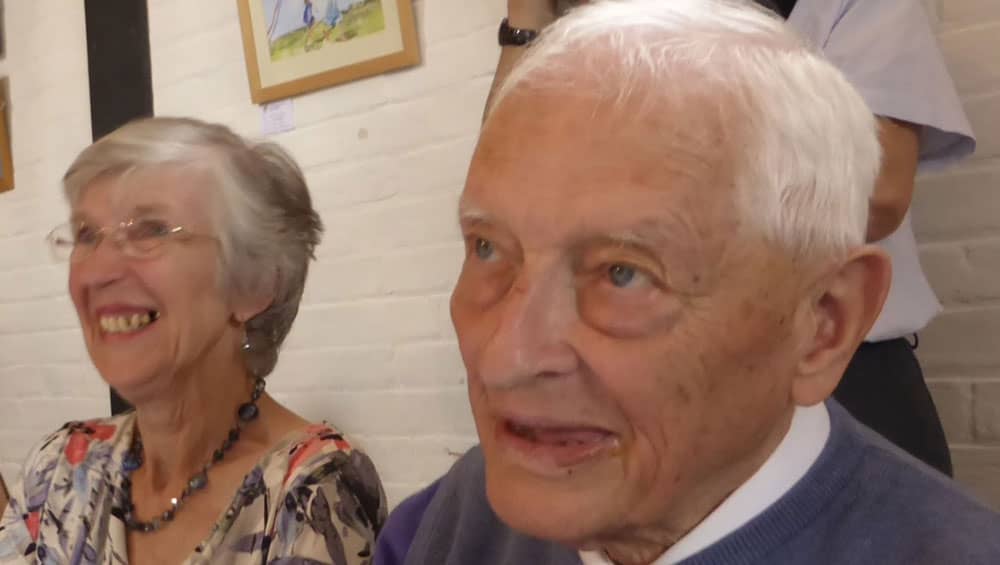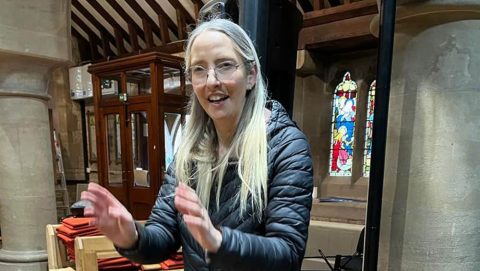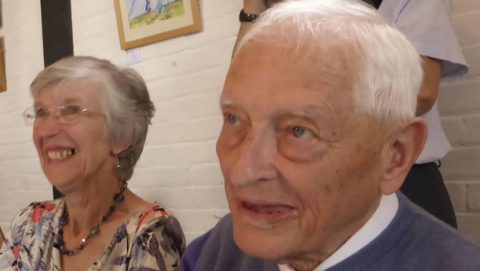As a qualified school teacher with music skills I was often called upon to run the school choir, lead singing assemblies, and of course manage the nativity performance. Latterly I was also asked to teach music as a curriculum subject due to the lack of musical confidence found amongst the staff. I loved it, and followed the curriculum suggestion happily enough….
If only I had known then what I know now.
I have learned that Zoltan Kodàly, (1882-1967), was not only a Hungarian composer, but that he created the Kodàly method of music education. This involved consisted of using rhythm names to describe rhythm and using hand signs to describe relative pitches in the music. He believed that singing should come first, before learning other instruments, so that musicians would have a deep understanding of pitch relativity, a well-developed inner ear, and a musical understanding of theory before learning the technicalities of learning to play these on an instrument.
Pitch
The method involves introducing pitches in a natural way in line with child development, so that the children start with just two pitches and play many singing games using the tones heard in children’s play when singing such rhymes as ‘I’m the King of the castle’ before learning more pitches. Each pitch is learned in a dynamic way using the hand signs and games before learning how to record or read these pitches. It’s fun, appeals to children by using a variety of learning styles, and as the method develops music theory is demystified.
Rhythm
I have been amazed through my own teaching at how easy the rhythm names are to use too… and how much easier it is to learn a piece of music if the rhythms can be said in a logical way. The names of crotchet (one beat) and quaver (half a beat) are perfectly good, but make no sense when trying to understand the rhythm. When replaced with ta (one syllable for one beat) and titi (two short sounds for a pair of quavers) even a young child can say the rhythm in rhythmic way. One of my favourites is ‘syncopa’ for quaver, crotchet, quaver as a pattern.
The children do so well!
Learning through this method the children learn to read and sight-sing music quickly and easily. They learn in a flexible way so that they can transpose easily and are not worried by a new clef.
Good news!
This may seem complex to established musicians, who are accustomed to the way they learned their instrument and don’t want to relearn. It may seem brilliant to the teacher who is expected to teach music to children in the classroom with very little preparation and training. Help is at hand! My own knowledge and training started with the British Kodàly Association, but this can be costly and time consuming. My studies continue through an organisation known as Doremi Connect. This company, based in Worcestershire, run free teacher training opportunities as well as affordable online courses including resources. There is also a Facebook group for support and friendship, many talks and discussion opportunities, and also courses and resources for those wishing to teach piano through the Kodàly method.
Find a link to website here






